On May 5, 1954, from the Front Command, General Vo Nguyen Giap continuously received victory reports. The Command decided to speed up the attack, quickly completing the third phase to soon move to the general attack on the evening of May 7.
On all fronts, our army is winning like cutting bamboo.
On May 5, we increased the pace of the attack, making the enemy even more confused. Division 316 strongly attacked the C2 base. Division 312 destroyed bases 506 and 507, wiping out the enemy on the left bank of the Nam Rom River. Division 308 attacked the Na Noong position (base 310) only 200m from De Castries's Command Post. Division 304 dispatched a battalion to block the Na Tu position, blocking the road to Laos, to prevent the enemy from fleeing. It was true that even if De Castries "evacuated" from this moment, it would be difficult to escape.

Our troops crossed Muong Thanh bridge, attacking the last stronghold of the Dien Bien Phu stronghold. Photo: VNA
From the Front Command, General Vo Nguyen Giap received consecutive reports of victory. The Command decided to speed up the attack, quickly completing the third phase to move on to the general attack on the evening of May 7.
The specific tasks of the divisions entering the general offensive were specified as follows: Division 316 was reinforced by Regiment 9 of Division 304, with the task of destroying the remaining strongholds C2 and A1, the last high point in the Eastern region; Division 312 destroyed the strongholds at the foot of the eastern hill, approaching the Nam Rom river bank; Division 308 destroyed Na Noong in the West; Division 351 fired artillery to support the divisions in destroying the enemy, and shot down aircraft to tightly control the airspace of Dien Bien Phu.
The enemy was cornered and looked for a way to escape.
On 5 May, both Langlais and Bigeard arrived at Eliane. They knew that the fate of the Central Sector would be decided on the two remaining heights in the East. At A1, the 1st Battalion, 13th Foreign Legion Half-Brigade had suffered heavy losses after a long defense. Langlais decided to transfer the legionnaires to Eliane 3 at the foot of the hill as a reserve force and send the newly reinforced 1st Colonial Parachute Battalion to replace them.

General De Castries, commander-in-chief of the French army at Dien Bien Phu in his bunker, March 1954. Photo: Getty Images.
The 1st Parachute Battalion, commanded by Captain Bazin, received urgent orders to jump into Muong Thanh, but after 3 nights, they only reached more than two companies and the battalion command post. Before Bazin could do anything, he was wounded by a piece of artillery shell. Captain Jean Ponget, the commander of the 3rd Company, was assigned to take command of the battalion. Not long ago, Jean Ponget was Navarre's aide-de-camp, often appearing behind the commander-in-chief in photos. Jean Ponget spent nearly 6 hours leading the unit over the 1,500m distance from Epervier to Eliane in muddy trenches, constantly being blocked by our artillery. After receiving the handover from Coutant, the commander of the 1st Foreign Legion Battalion, Jean Ponget went to observe the position and decided to divide the force into three places at Eliane 2. Captain Edme, the commander of the 2nd Company, was in charge of the line of bunkers and trenches east and south of the stronghold facing our forces. Jean Ponget and the 3rd Company held the hilltop with the bunker and the southwest side adjacent to A3, where a trench ran along Highway 41, directly threatening the road connecting A1 with Muong Thanh. Only a day later did Jean Ponget know that this assignment was fateful.

Wounded French soldiers are moved to the rear by helicopter. Photo: Getty Images.
Cogny planned to drop a battalion into Dien Bien Phu to support the remaining troops of De Castries to break the siege and flee to Upper Laos. The remaining two reserve battalions would also drop down to create a corridor from Laos to the border of Dien Bien to receive the retreating troops. Because the war was going on fiercely, the strongholds were all divided by the Viet Minh, making it difficult to gather troops, De Castries proposed that at 8:00 p.m. on May 7, the evacuation plan would begin. De Castries volunteered to stay with the wounded, because if thousands of wounded were taken away, it would be difficult to retreat. Cogny completely agreed.
THANH VINH/qdnd.vn
Source




![[Photo] Keep your warehouse safe in all situations](https://vphoto.vietnam.vn/thumb/1200x675/vietnam/resource/IMAGE/2025/10/1/3eb4eceafe68497989865e7faa4e4d0e)





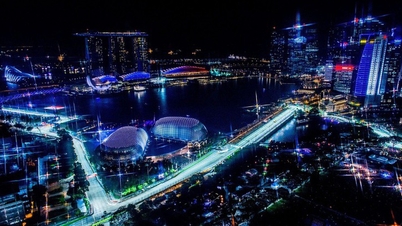

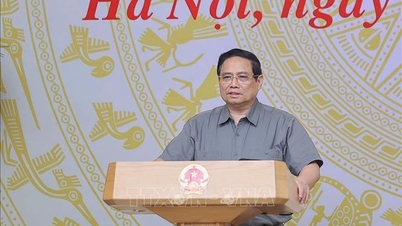



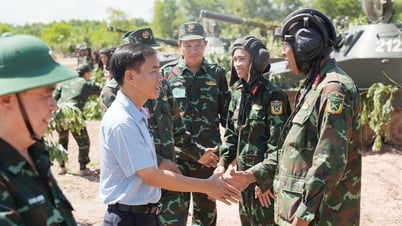

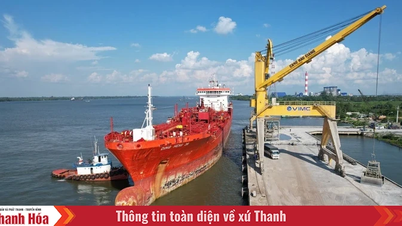

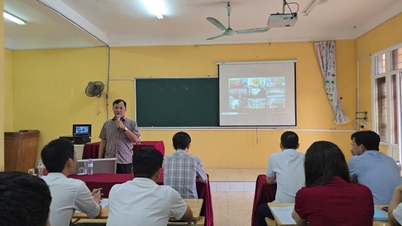

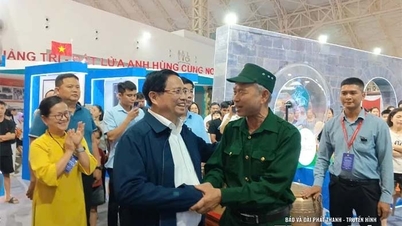



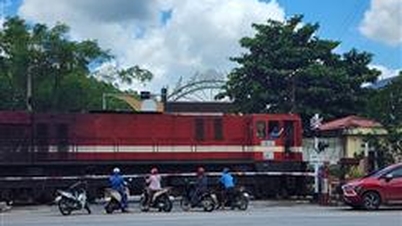








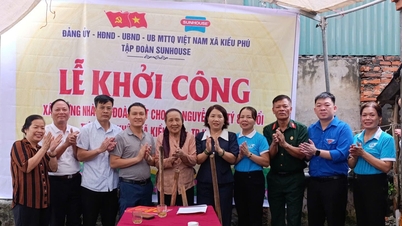
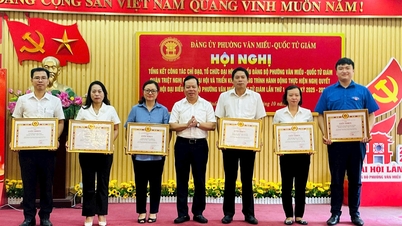


![[Photo] President of the Cuban National Assembly visits President Ho Chi Minh's Mausoleum](https://vphoto.vietnam.vn/thumb/1200x675/vietnam/resource/IMAGE/2025/10/1/39f1142310fc4dae9e3de4fcc9ac2ed0)
























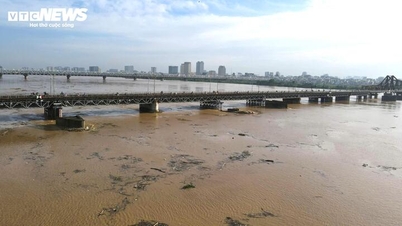



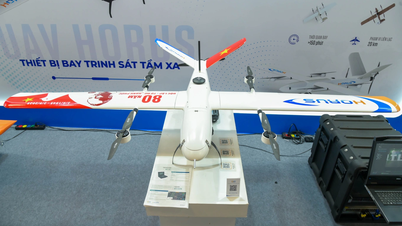

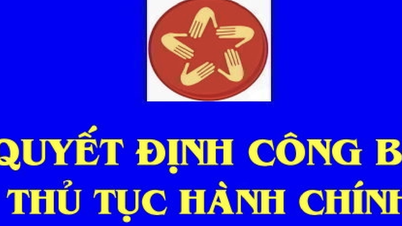
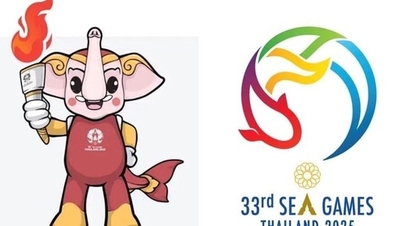








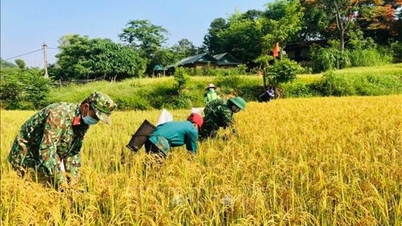



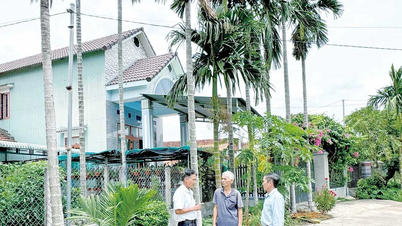


















Comment (0)